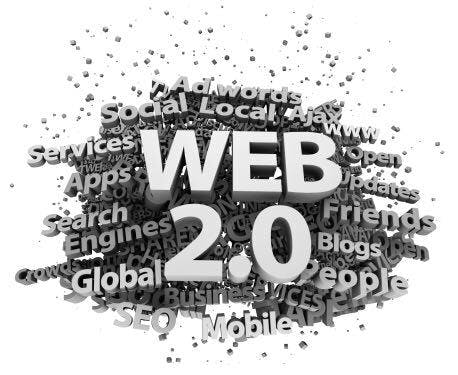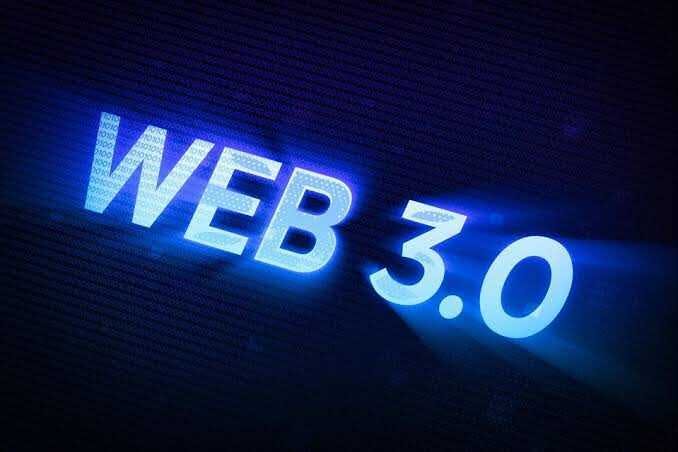Table of contents
The World Wide Web has always been geared towards giving everyone equal access to the web. In its first use, specific users had to pay and request permission to read the information on the web. All through the 1990s, the web (Web 1.0) was a read-only platform.
In the 2000s the web became a free platform for everyone and anyone who could access it. Moving in 2004 Web 2.0 that we’ve been using to date, went live on the web. Finally, in 2014 Web 3.0 went live.
Let’s get to it
Web 2

Web 2 is referenced as the “social web” for content. It’s dominated by social interactivity. It is a channel for information flow between users of the products and product owners. Some of these social activities include; blogging, social media chats, podcasting. It features the dynamic web approach.
A system where everyone has focus but of course, product owners have the most focus. As they provide the service and have total control of the use of their service. They also have regulations that could lead to the ban of users if users don’t comply with stated terms of use/policies.
Information is free. As long as you have the web address to the intended site, you can interact with its information. Classify the information, reuse the information after abiding by its licenses regulations. Web 2 leverages server and API to serve data to clients(users).
Run by the centralized technology giants. Information search and sharing are led by specific technologies. Most transactions here involve interactions with third parties applications. This increases data security threats.
Web 3

It features the semantic web approach. Web 3 focuses on understanding words both contextually and conceptually to sort data. This makes it easier for humans and AI to communicate and thereby improve correctness.
It relies on Artificial Intelligence to provide faster and less error-prone results. With AI in web 3 when you request information the results (are) will be more precise. Unlike with search engines where the returned information is from other end users. Search engine results are mostly based on the most ranked or populated search.
A system where only individuals have the focus. As a user in web 3, you have control, trust, and freedom over your data. Providers cannot ban or reuse your data, as they have no access to it. There’s an improved security privacy system here.
Web 3 runs a decentralized system but access is not free.
Here, information access and control runs distributedly among systems. The information and effort of everyone get compensated.
Closing Thoughts
Both web 2 and web 3 are great advancements of the internet. While web 2 is a more dependent and heteronomous internet.
Web 3 is an autonomous internet and gives a very personal internet experience. The future of web 3 is promising, we are yet to experience the tons of benefits of the decentralized system.
AI technologies like Siri, Alexa, Wolfram Alpha will improve to provide more precise experiences for users. Looking forward to how web 3 will incorporate into sectors like hospitality, real estate, health, and more.
Thank you for Reading.
To start your journey of transitioning into web 3 check out;
You can reach me on Twitter at KwennB
